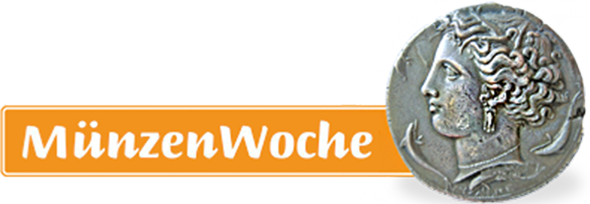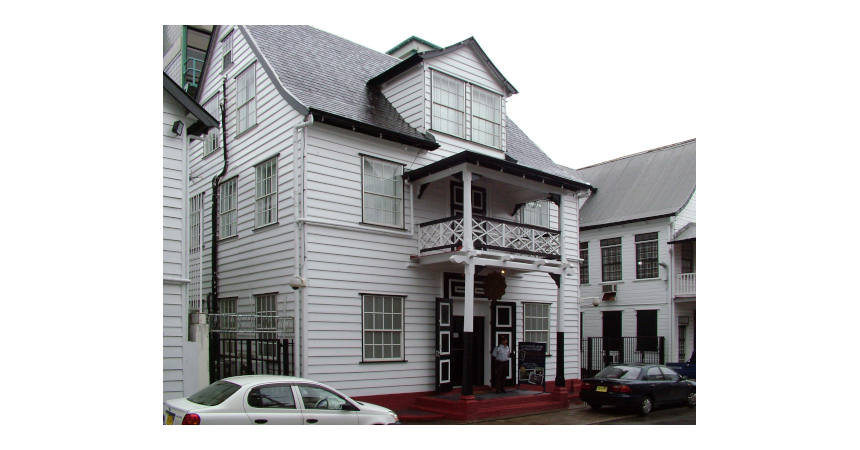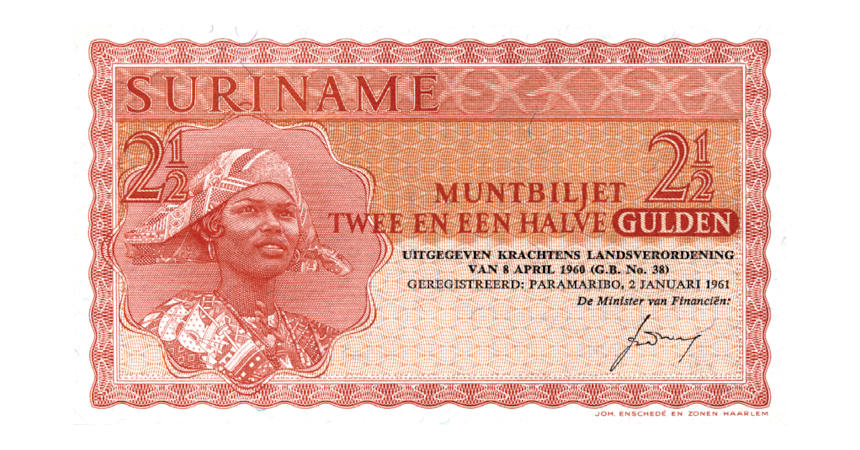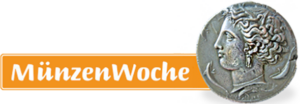Numismatic Museum of the Central Bank of Suriname
Wenn es kein Logo gibt, wird diese Spalte einfach leer gelassen. Das Bild oben bitte löschen.
(Dieser Text wird nicht dargestellt.)
Mr. F.H.R. Lim A Postraat 7
Paramaribo
Tel: +597 842-6640
The Central Bank of Suriname has a small and modest Numismatic Museum, which was opened in April 2002. With just one exhibit area of 645 square feet (60 square meters), the Museum manages a collection of coins and paper money dating from the beginning of the West India Company to the present. The main part of this collection is formed by the then-circulating coins and parrot the card money, but also other coins and paper money are included, which was then used as legal tender in Suriname. The exhibition is in Dutch only, although audio-guides provide commentary in English and Dutch.
History of Money in Suriname
Visitors learn about the history of money in Suriname and even about the time before conventional money existed when payments were made with commodities such as sugar, tobacco, and coffee as barter. Besides bartering with commodities when there was a lack of sufficient official money in the Dutch colony, an alternative form of money was created in 1761 by using playing cards. These were signed and stamped by an authority and given a value.
The first coins that were made in 1679 are called the papagaaimunt (parrot coin), so named because a parrot is sitting on a branch. The history also mentions the first bank being founded in Suriname, the de Particuliere West Indische Bank (the Private Bank of the West Indies). The De Surinaamche Bank acted as a circulation bank until the Central Bank of Suriname was founded on April 1, 1957.
Coins
Most of the coins that circulated in Suriname are on display in the Museum. The oldest coin on display that circulated in the Dutch Guiana colony is the uniface 1679 4-duit, or “Parrot Coin.” The Parrot Coin, was named for the parrot on the obverse which is seated on a branch with 1, 2 or 4 leaves. They were drawn with the number 1, 2 or 4, which indicated that they were valued at 1, 2 or 4 pounds of sugar worth one penny per pound. Another early coin on display is the 1764 Society of Suriname duit.
Paper money
The display of paper money includes banknotes from the colonial era issued by the De Surinaamsche Bank through independence, the change in 1957 by the Central Bank of Suriname to issue the banknotes with its muntbiljet (literally, “mint notes”), and the redenomination of its currency in 2004 from the guilder to the Surinamese dollar. Many of the banknotes from the Central Bank of Suriname from 1980s to 2000 are known for their colorful pictures of birds.
Commemorative Coins and Medals
The collection of commemorative coins and commemorative covers the entire history of coins and medals for special occasions in Suriname with about 20 different types of commemorative coins and medals. A highlight is the commemorative coin for honoring Anthony Nesty of Suriname, winner of the gold medal in the 100-meter butterfly at the 1988 Olympics in Seoul.
This text was written by Howard M. Berlin and first published in his book Numismatourist in 2014.
You can order his numismatic guidebook at Amazon.
Howard M. Berlin has his own website.









